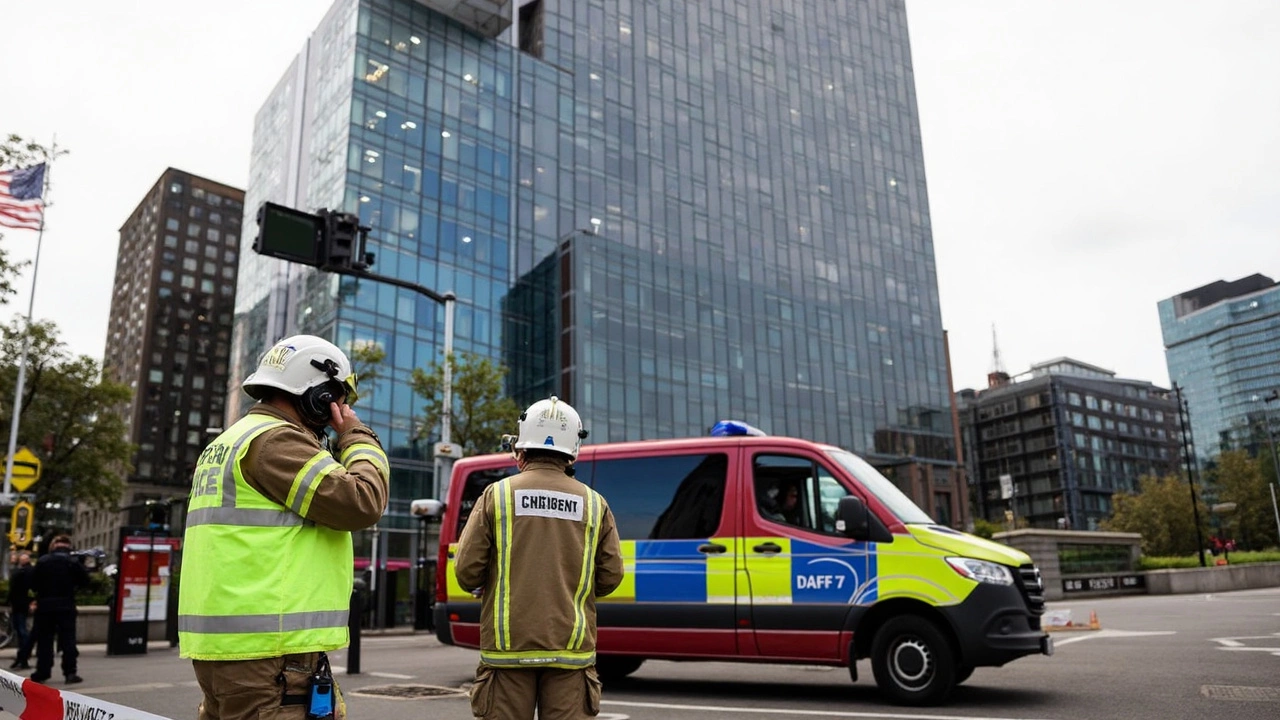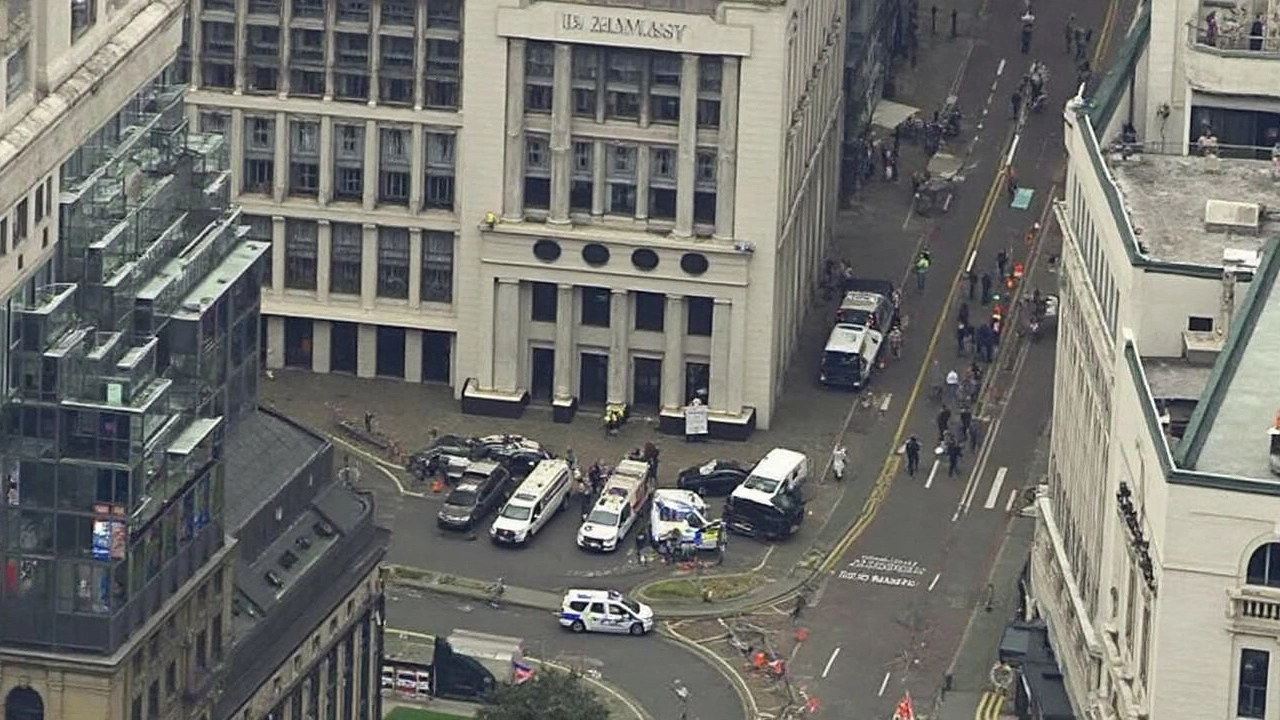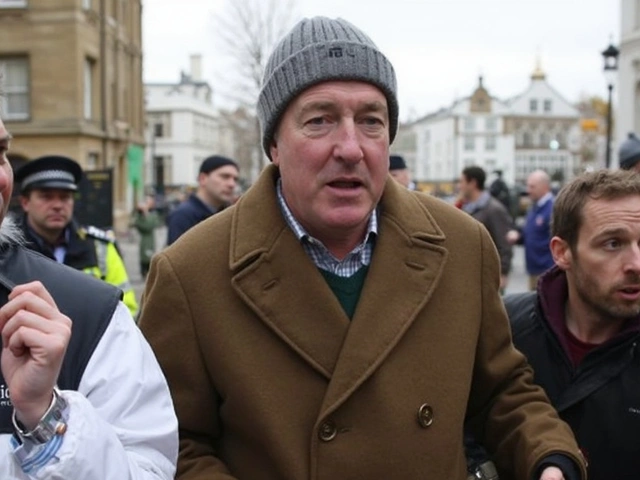Security Alert Outside U.S. Embassy in Nine Elms Leads to Police Action
On a chilly Friday morning, London’s usually calm Nine Elms district took an unexpected turn. Police responded to reports of a suspicious package lying close to the gates of the U.S. Embassy London, one of the city’s most fortified sites. Within minutes, teams from the Metropolitan Police cordoned off Ponton Road, an essential access route, and scrambled their bomb disposal specialists. While such incidents crop up from time to time in a city as busy as London, the proximity to the embassy ramped up the urgency.
People working nearby described a sea of flashing lights and a sudden hush as traffic and footfall were brought to a halt. Visitors heading to the embassy saw their plans disrupted. For locals, memories flickered back to a different era, when bomb scares around public spaces were far more common. But this time, police didn’t take any chances—they prepared for a controlled explosion to neutralize any threat before anyone could get hurt.
Within the hour, the controlled blast echoed off the new-build towers, dispersing tension almost as quickly as it had arrived. Thankfully, no injuries or damages were reported, and officers assured the public that the area was safe and clear. The embassy immediately issued a statement, thanking law enforcement for acting so quickly and keeping everyone in the loop. Visitors were asked for patience, and most seemed to take the disruption in stride, grateful for the transparency and rapid resolution.

Why the U.S. Embassy’s Security Matters
The Nine Elms embassy isn’t just another office building—it’s a fortress by design. Since its opening in 2018, security has been the top priority. Thick earth berms, smart landscaping, and a deliberately isolated location away from major roads shape the perimeter. The idea is to make any unauthorized approach as difficult as possible, while also blending defensive features into the environment. Most of the glass is blast-resistant, and security staff are trained to spot problems before they have a chance to escalate.
Nick Aldworth, who previously coordinated the UK’s counterterrorism strategy, recently highlighted these features, pointing out that the building is as much about deterrence as it is about defense. You won’t see concrete barricades screaming “danger”—instead, you’ll find water features, curved earthworks, and layers of protection hidden in plain sight. The embassy serves not only as a home to diplomats but also as a symbol that safety doesn’t have to come at the cost of welcome.
The quick police response proves the vigilance remains high even with all these built-in safeguards. After the controlled explosion, life quickly returned to normal both inside the embassy and in the surrounding area. Staff and visitors went back to their routines, a testament to the layered, well-rehearsed systems in place for these kinds of incidents.
Meanwhile, elsewhere in the city, another security scare at Gatwick Airport’s South Terminal saw services briefly suspended. While not directly linked to the embassy incident, it’s another sign that security teams across London remain alert and ready to disrupt potential threats at a moment’s notice. By lunchtime, Gatwick had reopened, and trains were moving as usual, adding to the sense of guarded reassurance across the capital.







Write a comment